Eight new rainbow bee species found in Polynesia that "jump across islands" (photo)
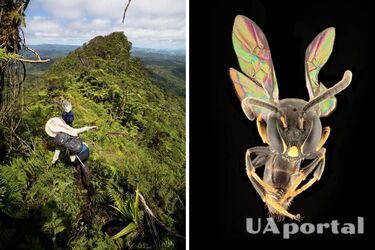
Scientists have discovered eight new species of bees in Fiji, unraveling the mystery of the origin of bees in Polynesia. After nearly 60 years of research, scientists have finally unraveled how the tiny bees appeared on the remote islands of Polynesia.
In the 1930s, American entomologist Elwood Zimmerman discovered three new species of bees on tahitian flowers in Polynesia. These bees, called Tuamotu masked bees (Hylaeus tuamotuensis), were found more than 4000 kilometers from the nearest population of other bees, IFLScience writes.
Since then, the species has not been seen again, and scientists feared it was extinct.
Also read: Rare pink albino elephant spotted in South Africa (photo)
However, a new study published in the journal Zootaxa reveals that Tuamotu masked bees are not extinct, but instead are part of a group of eight new species discovered in Fiji, Polynesia, and Micronesia.
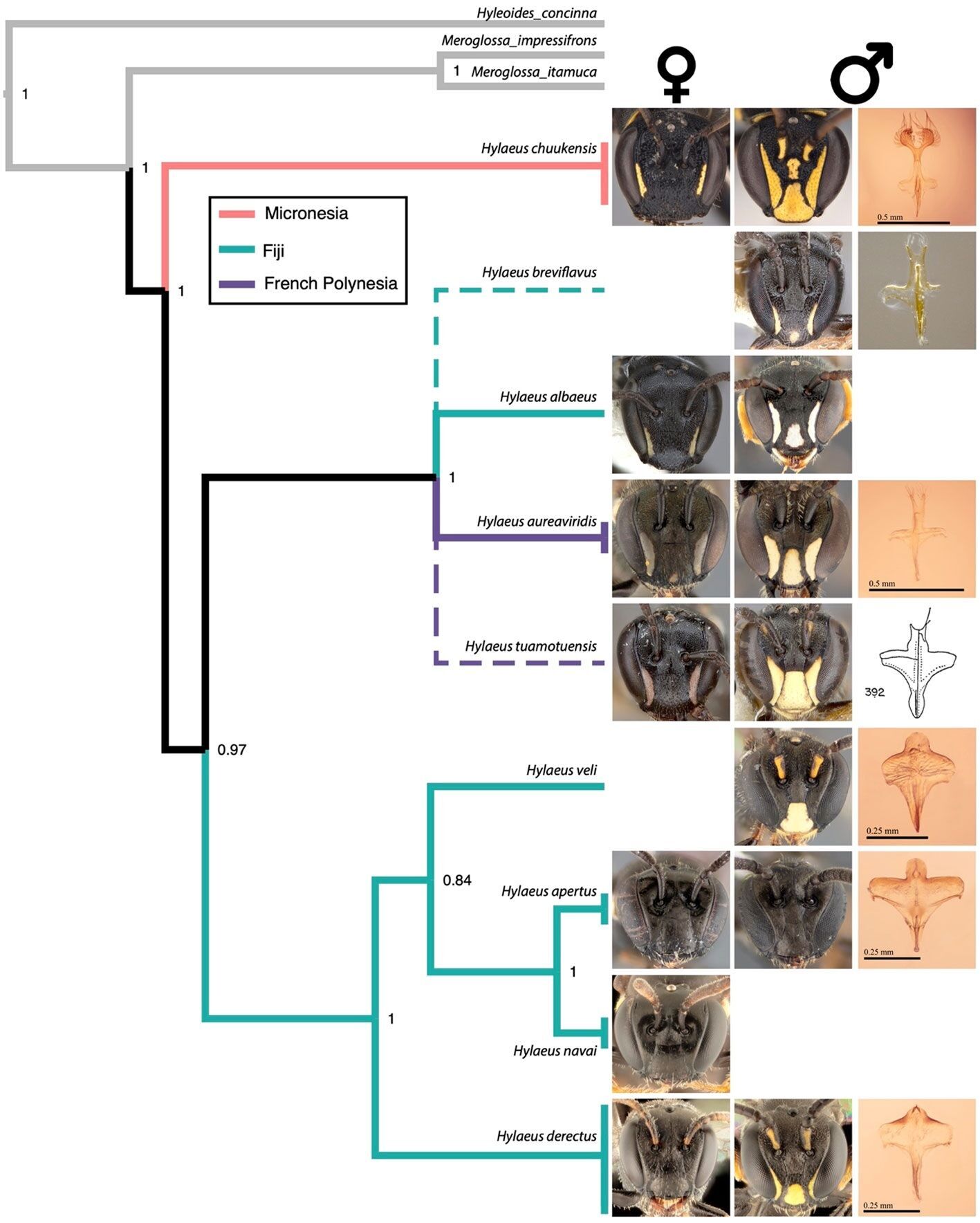
These new bee species were discovered using long nets that allowed researchers to collect samples from tree crowns.
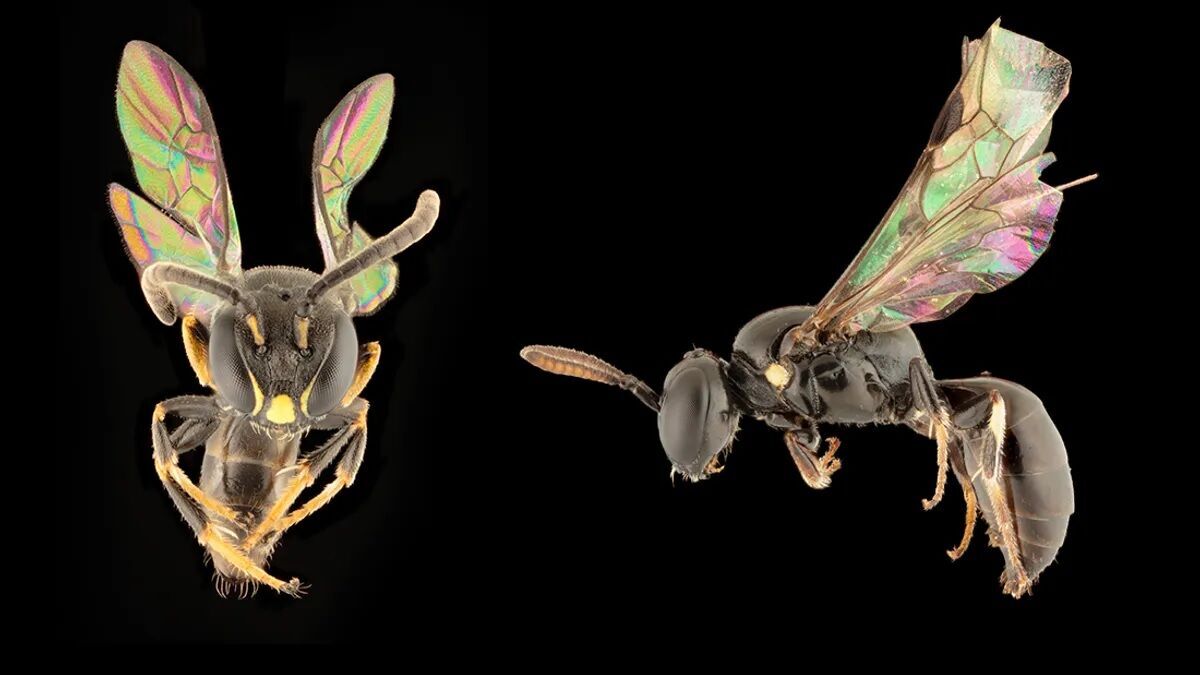
Researchers believe that the ancestors of Tuamotu masked bees migrated from Hawaii by hopping from island to island via Fiji.
Severe weather probably helped disperse the bees to different islands.
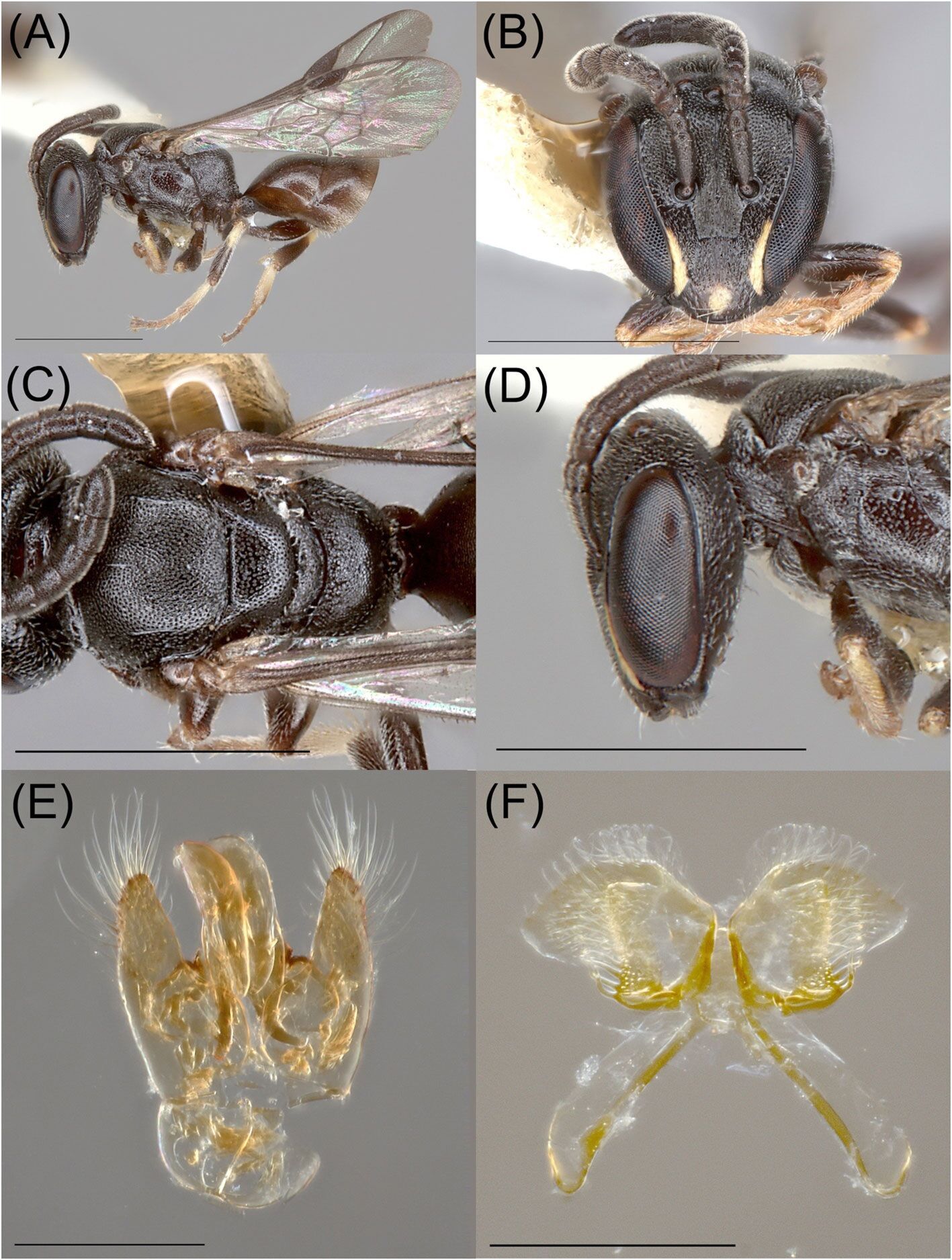
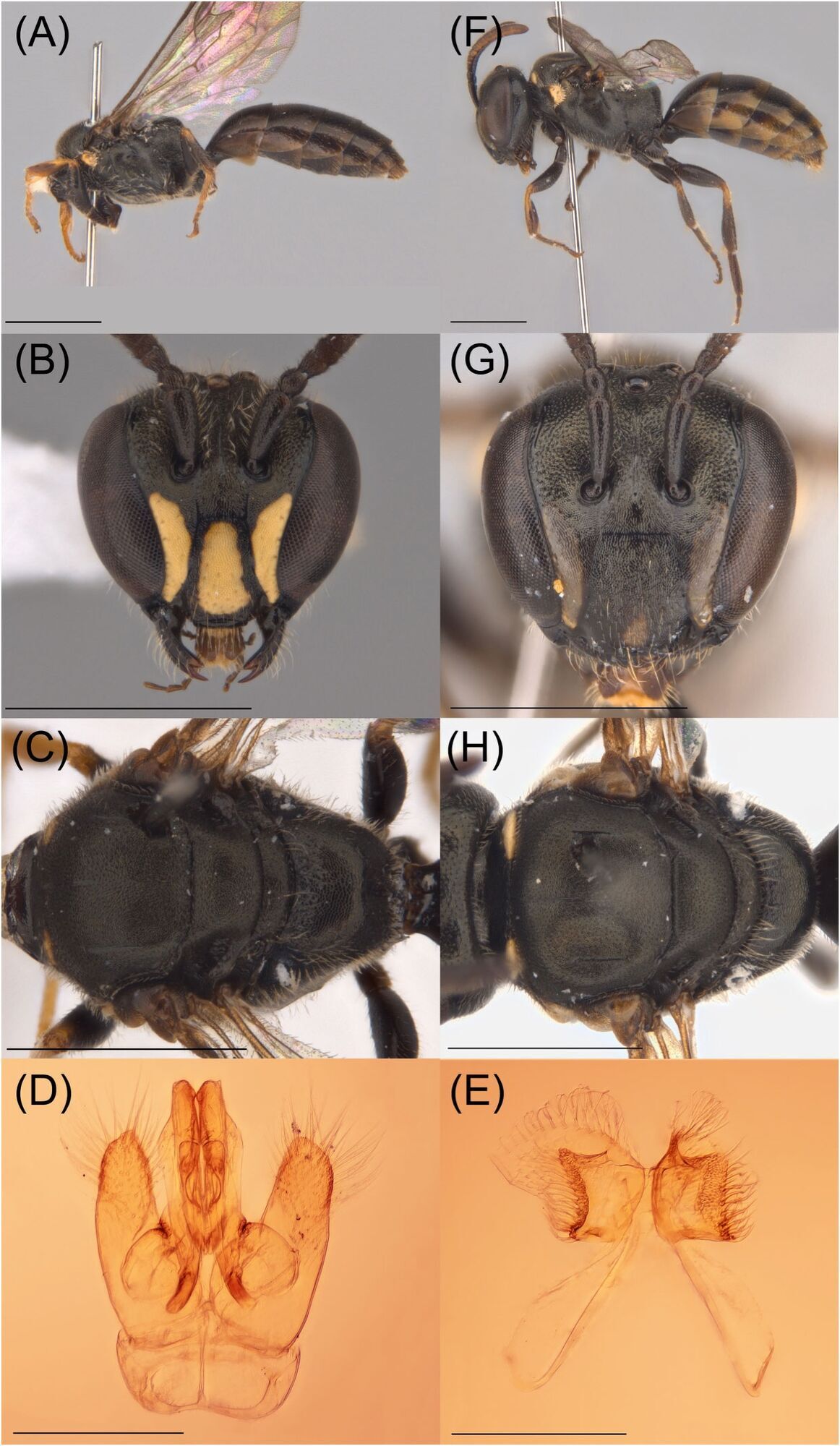



One of the new species has been named the Veli guillemot, in honor of Fijian folklore, who are known as powerful people associated with the forest.
Earlier, scientists found a huge anaconda in the Amazon forests.
If you want to get the latest news about the war and events in Ukraine, subscribe to our Telegram channel!
